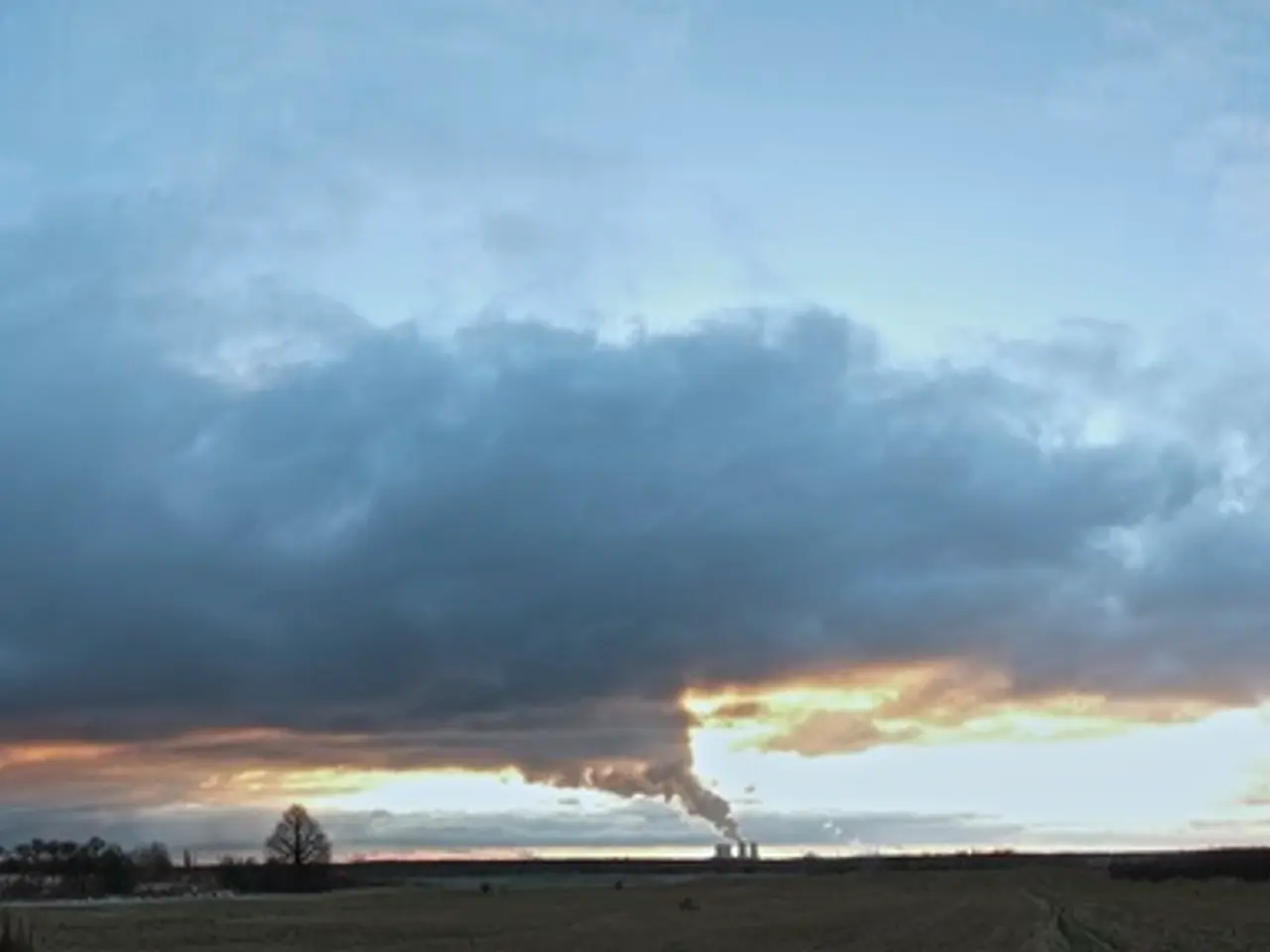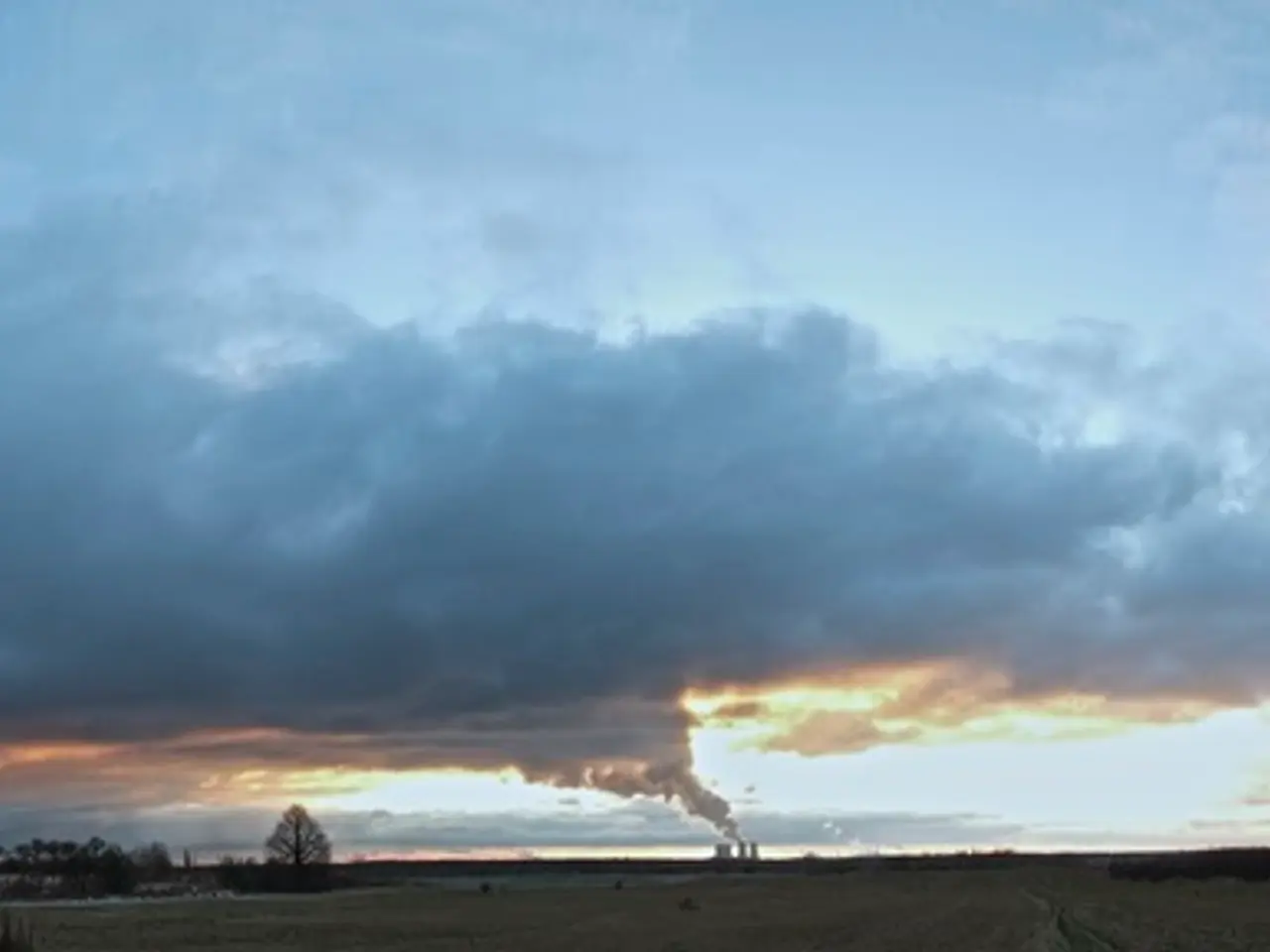Smoke emanates from Minnesota on Monday, accompanied by rising heat and humidity
Northern Minnesota Experiences Improving Air Quality After Wildfire Smoke
Northern Minnesota areas, including Two Harbors, Hibbing, Ely, Duluth, Grand Portage, and Fond du Lac, have been experiencing air quality issues due to wildfire smoke from Canadian fires since early August 2025. The pollution control agency, Minnesota Pollution Control Agency (MPCA), issued air quality alerts that extended through early August, with conditions reaching the orange Air Quality Index (AQI) category, which is unhealthy for sensitive groups.
On August 5 and 6, these locations were still under an air quality alert, with fine particle pollution reaching the orange AQI level due to heavy surface smoke rotating into the region. However, the MPCA reported that smoke was moving out of Minnesota by August 4, and the lengthy air quality alert that lasted six days was canceled.
As of Monday, August 9, the air quality in Minnesota is improving, and sensitive groups are advised to limit outdoor exertion during periods of elevated AQI. The weather will become humid as soon as Wednesday, and temperatures on both Thursday and Friday have the potential to reach temperatures of 90 degrees or warmer.
In a positive development, the forecast indicates that winds are expected to bring relief and cleaner air with decreasing fine particle pollution by August 6. By August 7-8, air quality is improving as smoke clears, and alerts have been canceled. However, monitoring continues for other pollutants like ozone.
Overnight Wednesday, spotty showers and isolated storms are possible in western and central Minnesota, with rainfall totals of up to half an inch possible in certain spots during these storms. Most of eastern Minnesota and western Wisconsin will stay dry and partly sunny.
The new air quality alert in northern Minnesota will expire on Wednesday at noon, and a six-day air quality alert has been canceled across the state. It is essential to continue monitoring local updates from the MPCA to stay informed about the latest status.
In the past, Minneapolis' air quality was among the worst in any of the world's major cities during the smoke event. The MPCA and other authorities are working diligently to improve air quality and ensure the safety of residents in the affected areas.
References:
[1] Minnesota Pollution Control Agency. (2025). Air Quality Alert for Northern Minnesota. Retrieved from https://www.pca.state.mn.us/air/air-quality-alerts
[2] Minnesota Department of Health. (2025). Wildfire Smoke Health Advisory. Retrieved from https://www.health.state.mn.us/divs/eh/air/wildfires/
[3] National Weather Service. (2025). Wildfire Smoke Forecast for Minnesota. Retrieved from https://www.weather.gov/forecasts/airquality/MN
[4] Minnesota Pollution Control Agency. (2025). Air Quality Alert Canceled for Northern Minnesota. Retrieved from https://www.pca.state.mn.us/news/air-quality-alert-canceled-northern-minnesota
[5] Minnesota Pollution Control Agency. (2025). Air Quality Forecast for Minnesota. Retrieved from https://www.pca.state.mn.us/air/air-quality-forecast
- With the wildfire smoke starting to clear, we are encouraged to follow updates from the Minnesota Pollution Control Agency (MPCA) as air quality in Minnesota continues to improve.
- The improved weather conditions and winds are helping to decrease fine particle pollution, resulting in a canceled air quality alert in northern Minnesota by August 9, as reported by the MPCA.
- As climate change continues to impact the environment, the could-be connection between wildfire frequency and increased smoke, as seen in Northern Minnesota, is part of the broader discussion in the field of environmental science and climate-change research.








